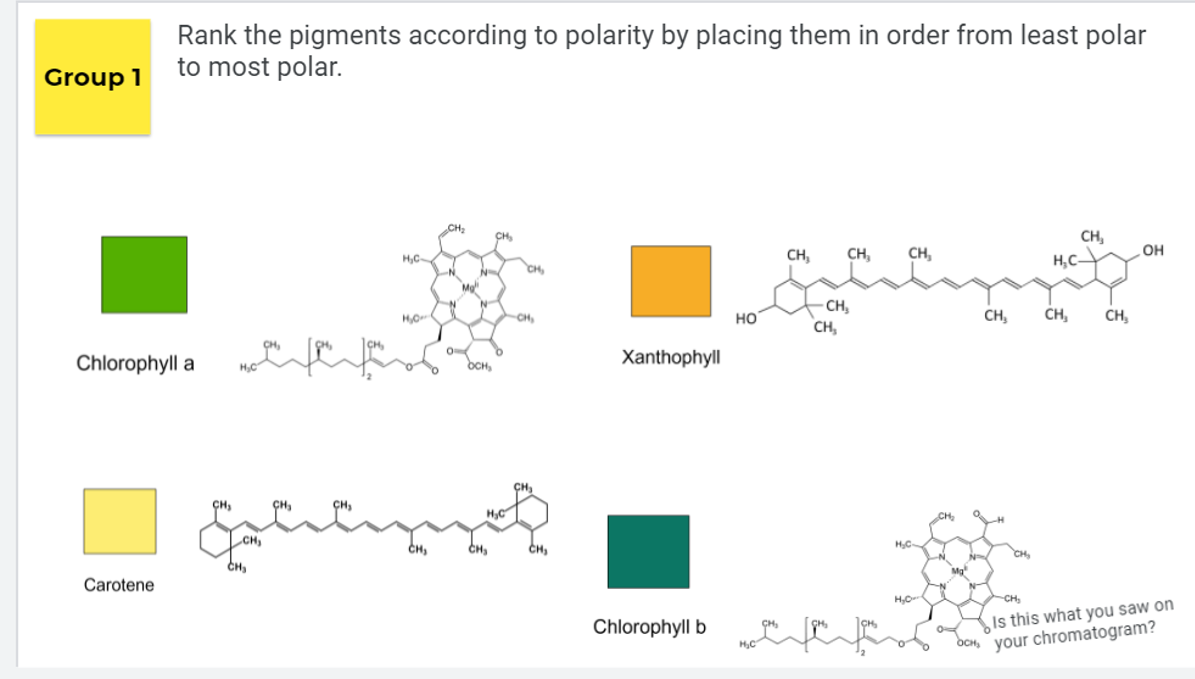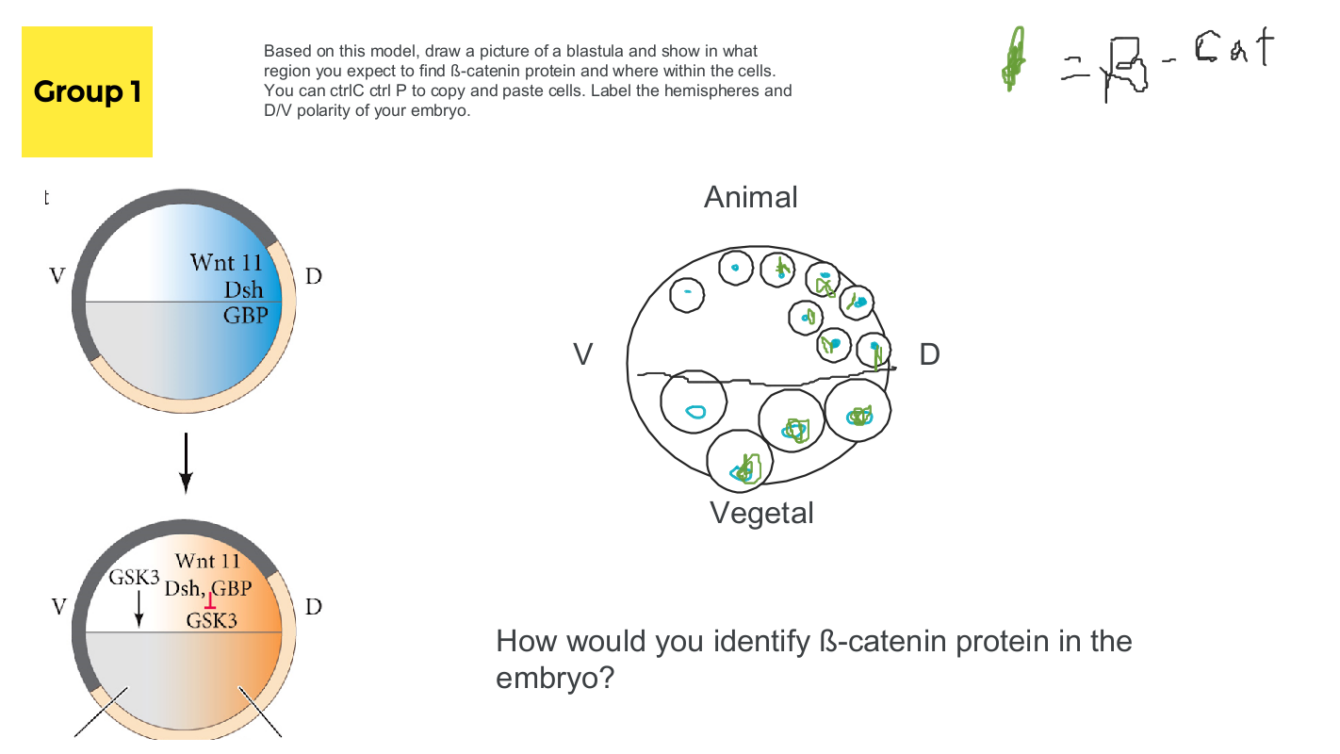There is no one size fits all when it comes to learning styles. Therefore, difficult subjects must be taught through a variety of methods to reach as many learning styles as possible. Please see how I use technology in a variety of ways to reach this goal! I have successfully used Google jamboards in lecture, tutorial and lab settings.
References
Christopher Phillips and Jared S. Colton. A new normal in inclusive, usable online learning experiences. https://oen.pressbooks.pub/resilientpedagogy/chapter/chapter-9-a-new-normal-in-inclusive-usable-online-learning-experiences/
https://edu.google.com/intl/ALL_ca/teacher-center/products/jamboard/?modal_active=none



